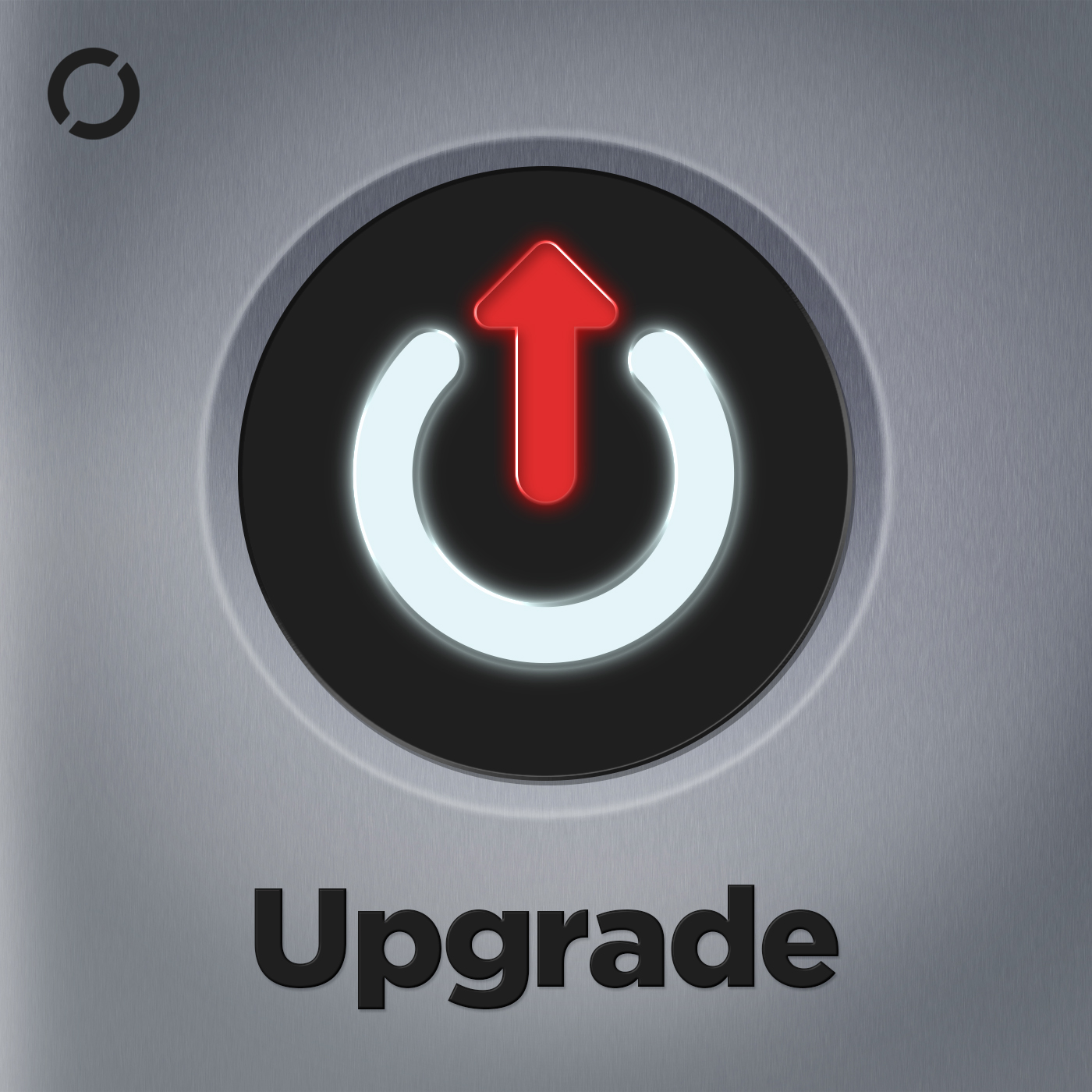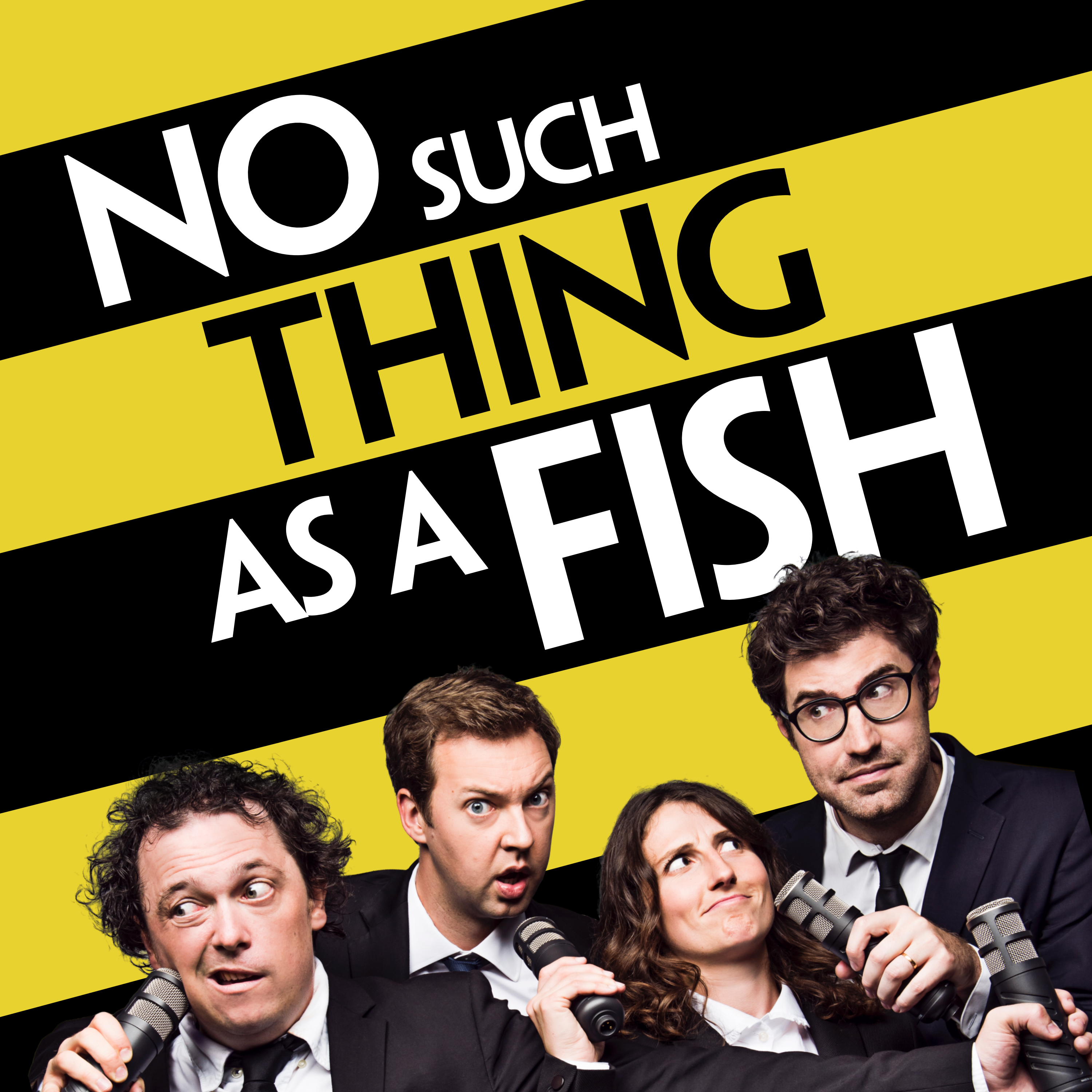
Piano, finally
Piano Finally is a podcast by an old bloke who is learning the piano, finally. I cover the process of learning the piano and music theory as an adult learner. I also review piano books, hardware and other materials from an adult learner's perspective.
Piano, finally
Episode 41 - Pianos and Keyboards
🎙 Episode 41 – Pianos and Keyboards
G’day, and welcome back to Piano, Finally – the podcast by an old bloke, finally learning piano. In this episode, we take a look at a curious music theory making the rounds on YouTube, dip a toe into the world of electronic keyboards, and review a more contemporary collection of piano pieces from AMEB’s Rock School.
🎵 A Conspiracy in Classical Music?
It started with a video about using a metronome and ended with a full-blown theory claiming we’re all playing classical music twice as fast as intended. This “Whole Beat Theory” suggests tempo markings were meant for both ticks and tocks of a metronome, not just ticks. It’s an interesting idea… but does it hold up to scrutiny?
Turns out, not really. Performances by pianists like Ashkenazy and Yunchan Lim show that Chopin’s intended tempo for the Revolutionary Etude is quite playable the conventional way. We also get into why this theory falls apart when applied to opera or examined historically. You won’t find a link to the video here, but if you're curious, a quick search for “Whole Beat Conspiracy” should do the trick.
🎹 Essay – Getting Curious About Keyboards
Thanks to a few YouTube suggestions (and maybe a recent headphone search), I’ve found myself watching videos about electronic keyboards. Turns out, there's a whole universe of buttons, knobs and sliders up there beyond the keys.
A couple of videos worth checking out:
It’s fascinating stuff – especially how a traditional piano performance can be shaped by modern tech. I’m definitely intrigued, and a stage piano might be on the wishlist now.
🎧 Review – AMEB Rock School Grade 1
If you’re looking for graded music that’s a bit more modern, the Rock School syllabus might be worth a look. I picked up the Grade One book and found pieces by the likes of Taylor Swift, The Beatles, and Sir Elton John. The pieces are short, approachable, and well within reach after a year of playing.
You can hear them before you buy too:
🎼 Progress & Practice
This week, I was a bit out of sorts with my routine – left my practice notes at work – but still made some headway. Working on Blackout Blues by Andrew Craggs and a Mozart piece (Die Zauberflöte arrangement) with a focus on hands separately. Played on the Kawai
You can contact me:
- via email at david@pianofinally.show; this is probably the best option
- the show website, www.pianofinally.show
- Instagram and Threads @pianofinally
- and on YouTube
- all the podcast directories - list
- here's the RSS feed
Some of the links to books and other items mentioned in the podcast are affiliate links for Amazon or other providers. If you use one of these links, a commission may be paid to me at no additional cost to you. Thank you if you use a link.
All reviews of products, websites and services are unpaid, and no sponsorship has been received for any content on this podcast.
Episode 41 – Pianos and Keyboards
G’day, everyone. I’m David Reidy; welcome to Piano, finally, a podcast by an old bloke who is getting around to learning the piano, finally.
[Crab Canon]
Welcome
Welcome to show forty one. Thank you very much for having a listen. If this is your first time hearing the podcast, I hope you enjoy the episode. If you’ve been here before, then thanks for coming back. Let me know if you’re learning the piano or another musical instrument and how you’re going with it. You can contact me at david@pianofinally.show.
[Crab Canon]
YouTube - A music conspiracy?
I’m not sure if this is actually a recommendation, but I found something interesting on YouTube the other day, and I thought I should see what you think of it.
I don’t have much time for conspiracy theories, and I thought that classical music would be relatively free from them. Up until this week, that had been the case, but then a video popped up in my YouTube recommendations. It looked harmless enough, a video about metronome use. As I’m trying to get better at using the metronome, I gave it a watch.
The piece of music used in the video is Chopin’s Etude Op 10, Nr 12 - The Revolutionary Etude. It is a popular piece and I recognised it. Interestingly the video had opened with a quite extended discussion about time, but as a metronome is a timing aide, I thought nothing of it. It was after the initial performance, that the theory came out.
Apparently, everyone is playing everything too fast. The idea, which is called Whole Beat theory, is that the tempo markings on classical music is for a tick/tock on the metronome, not just a tick. If you use each tick as the beat you are playing twice as fast as intended. I thought that this was an interesting idea, I wasn’t convinced and then the presenter started on how this idea was being suppressed by the classical music industry, and that only a few people knew the real truth - a classic conspiracy theory trope.
I have found in the past that most conspiracy theories fall apart with just a little bit of examination, especially when they are not able to present any solid evidence for their ideas. So I thought I’d have a go at knocking this one over, based on the claims made in the video.
The presenter of the video is a competent pianist and he performs the Chopin Etude in around four minutes, which is a fair bit slower than the way I’ve heard it before. The claim is that because everyone is reading the metronome markings as beats per minute, and not as half-beats per minute, the speed that music is being played at is much too fast, and no one can perform at these “incorrect” speeds. Let’s see.
The Chopin Etude, Op 10 Nr 12, is marked Allegro con Fuoco and ♩=160. There are 84 bars in the piece in 4/4 time. So the piece is the equivalent of 336 crochets in length. If played at a strict tempo, with no variation for expressions, the piece would be 2:06 minutes long. Whole Beat theory would say that Chopin meant it to be 4:12 long and that 2:06 would be unplayable by a human.
A quick search using Apple Classical Music, where there are hundreds of recordings of this piece, reveals that pretty much everyone is closer to the 2:06 time than the 4:12 time. Vladimir Ashkenazy plays it in 2:48, Claudio Arrau in 2:31, and Yunchan Lim in 2:32. Given that they slow the tempo in places for expression, it seems that Chopin’s tempo marking is quite achievable when interpreted the conventional way.
Unless the proponents of Whole Beat Theory want to claim that composers used different meanings when composing for voice, interpreting tempo markings for operatic works would lead to some rather silly results. Mozart’s Le Nozze di Figaro runs for about three and a half hours with an intermission. Do we believe that it should actually run for nearly seven hours? I’m sure that someone would have mentioned back in 1786 that they went to the opera in the early evening and got back home in the early morning.
There are other claims made in the video in an attempt to legitimise the theory, but they, too, fall apart when examined closely. For example, scientists did not know the shape of sound waves in the way the video explains until the mid-nineteenth century, hundreds of years after much of the music cited was written.
I think we can consign the Whole Beat Theory to the bin of “not very well thought out conspiracy theories”. Like most conspiracy theories, I am at a loss as to why this needs to exist. The only thing I can think of is that it was developed as a way of justifying not practising enough to bring a piece up to performance speed. I agree that getting to the correct tempo for complex works, especially works as complex as some of Chopin’s, is difficult, but may I suggest it is probably more worthwhile to practice until you get there rather than try to rewrite the history of Western music.
I’m not going to link to the video in the show notes as that would only serve to increase its reach, small though my audience is. You can find material online yourself if you search for Whole Beat Conspiracy.
[Crab Canon]
Essay – Pianos and Keyboards
I’m blaming this on the YouTube algorithm. YouTube suggests a lot of musical performance content to me, which is mostly fine; it is pretty good at finding material I’m interested in. This can lead to a bit of a bubble effect where I don’t see things outside the genres I am familiar with, but that’s a topic for another day.
In this case, I’m assuming that YouTube gets information from Google about searches and knows that I was looking for some audio gear for the podcast, new headphones in particular. So, it started suggesting other audio hardware. This is how I became aware of what was happening in the realm of keyboards.
I never really thought about keyboards and their place in modern music. The more popular music I listen to, the more I listen to it for pleasure. I do not sit and analyse what I hear. The majority of my popular music listening takes place while I’m swimming laps each morning before work, and I’m not in a position to stop and take notes. This means that I never really thought about where a lot of the music is coming from. Yes, there are vocals, guitars, drums, and pianos, but I never considered the number of sounds that are coming from electronic keyboards, that is until YouTube started suggesting keyboard reviews.
I started watching; after all, the main interface to an electronic keyboard is the same as the interface to a piano. It’s just that where a piano has three extra controls in the form of the pedals, a keyboard has a hundred or so buttons, knobs and sliders, and potentially even more pedals. And to a computer nerd, more controls automatically means more fun.
Clearly, the skills I am learning at the piano are the most fundamental part of playing an electronic keyboard as well. Unless you are just going to program everything into a MIDI sequencer, being able to play the piano properly is key. Being able to tweak the myriad of controls above the keyboard to change the sound is fun, but secondary in importance. It has got me intrigued.
One of the videos I watched showed how to set a Nord Stage 3 keyboard up to sound like the piano Elton John uses on stage, it had never occurred to me that his signature sound is the result of combining an acoustic piano with a synthesiser, even when playing live. Then, there was another video where someone sells a set of patches that match the keyboard sounds of a lot of iconic pop songs from the past. It looks like a lot of fun.
I’m going to look into this further. Maybe an electronic stage piano will be something I purchase in the future.
If any of you have experience with stage pianos, let me know at the show’s email address.
[Crab Canon]
Review - AMEB Rock School
My search for the next level of pieces to learn is continuing. I was in a very large educational music store during the week and found the AMEB’s Rock School course. As you might expect, the Rock School syllabus is filled with much more contemporary music than the traditional classical syllabus, but it is still graded in the same way as the traditional exams and has the same level of standing in the music community. The syllabus and exams are administered by RSL, an international body based in London that maintains a grading and awards system in many of the creative arts.
There is a smaller range of instruments for examination in Rock School, but it includes electric and acoustic guitar and bass, ukelele, drums and voice and both piano and keyboard. There are also theory and music production streams. If you’re doing the exams for Rock School, you can choose to do them in person or by video.
I’m not interested in doing the exams for Rock School, but they do offer a graded range of pieces for practice, so I thought it would be an idea to have a look at what is available at Grade One, to see if there is anything I’d like to add to my practice repertoire.
The Grade One book is from RSL, the awarding organisation. The book contains six pieces from artists Ariana Grande, Leonard Cohen, Taylor Swift, The Beatles, Sam Smith and Sir Elton John. Each of the pieces covers around two pages or thirty bars, and tempi range from around 60 to 140 bpm. The pieces are in C major, G major or F major. Generally, the pieces consist of crochets and quavers with a few semiquavers but no long and complicated runs of notes. I found it fairly easy to sightread the hands separately, so I think that the music level seems about right for where I am, after a year of learning to play.
There are examples of the music on YouTube, so it is not hard to find recordings if you want to hear the music before deciding. The Summit School of Music has videos that include the sheet music along with the performance; I’ll put a link to their Grade One playlist in the show notes.
https://www.youtube.com/playlist?list=PLJmdXU7MTtSNTKIbEScqaKWnZN9B5Hj2m
Each of the pieces in the book is accompanied by a quite extensive essay on the works place in contemporary music, including its success on pop charts. For some of the numbers are also notes about the structure of the piece and tips on playing.
The book wraps up with the usual technical exercises that are required in the music exams.
If you’re looking for some graded pieces that are a bit more contemporary than the traditional piano exam repertoire, I’d suggest having a look at the Rock School Piano grade books. I found mine at a local music store, but I’ll put the AMEB online store’s link in the show notes.
[Crab Canon]
Closing
If you’d like to contact me, email is the best way, david@pianofinally.show is my email address, and the show’s website is at www.pianofinally.show. In both cases pianofinally is all one word.
Next Saturday I’m going to see Daniil Trifonov play Rachmaninov’s fourth piano concerto at the Opera House, along with the Sydney Symphony Orchestra. The fourth is Mr Trifonov’s favourite piece of Rachmaninov according to a YouTube interview, so it should be a good evening.
If all goes according to plan, next week’s episode will be a special one. It will be the first show with a guest. We’ve been trying to schedule a meetup to record for the past few weeks, and it looks like everything will align this week. I’m looking forward to sitting down for a good talk. I won’t give away who the first guest will be, but it is someone I have mentioned on the show before. I think you’ll enjoy our chat too.
And so, until the next episode, I hope your piano stays in tune, and you enjoy your time at the keys.
[Crab Canon]
Progress
With my new practice routine, I have been working in more detail on specific parts of pieces rather than on the whole piece. This week’s practice was a little less effective than usual. I took my music bag to work on Tuesday as I was staying back for an evening function and used the school’s Hyundai Grand Piano for practice, but I then managed to leave my bag at work every day, so I didn’t have my practice notes at home, though I did have copies of all the music. I’ll include the two pieces of music I’ve mostly been working on this week, Andrew Craggs’ Blackout Blues and the start of an arrangement of some of Mozart’s Die Zauberflöte. The Mozart piece sounds good if I don’t try to play hands together, so I’ll only include the hands separately, with the melody in the right hand and an Alberti bass in the left.
All the pieces were played using the Kawai NV10 as the keyboard and Pianoteq 8 running on the M4 Pro Mac mini, emulating the Siguru Kawai SK-EX in Heroic mode.
[Practice pieces]













